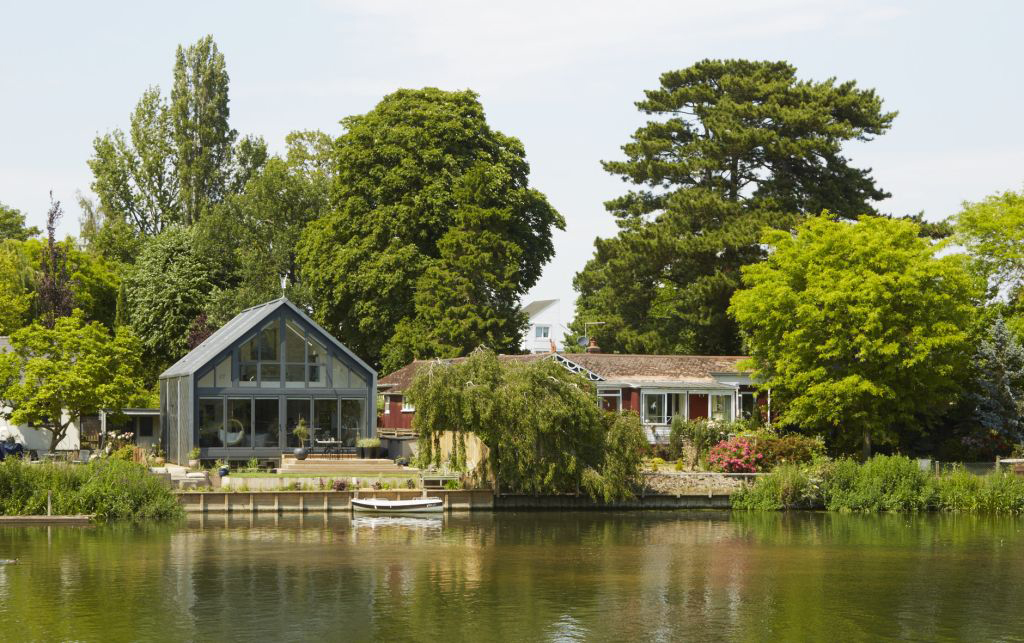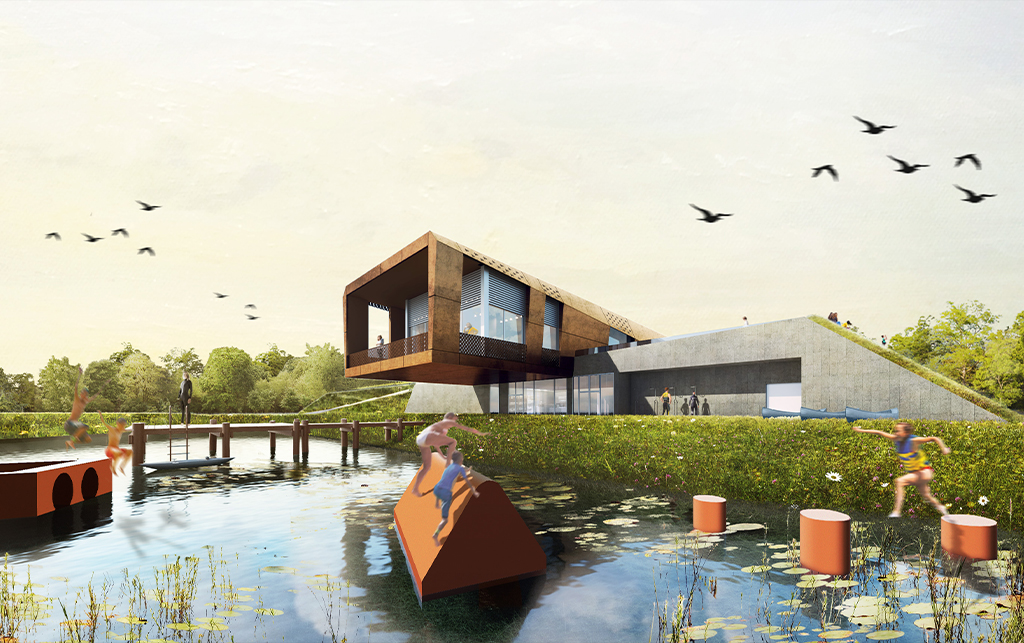

SEND
Forename:
This field is required.
Thank You!
The form has been successfully sent.
Surname:
This field is required.
Your Email Address:
This field is required.
Enquiry Type:
This field is required.
Your Message:
This field is required.
Get in touch...
Media Activity
Social Media
Director Q & A: Richard Coutts
Baca Architects
Baca is a London-based architecture practice known for working with water in order to prevent and mitigate future damage from flooding either through innovative flood-related designs or large-scale planning proposals. Below are Richard Coutts’ answers to the questions you might have if you’re planning to develop a site you own, or are considering purchasing a site.
'Why your interest in water?'
'Water has long been used to enrich the built environment. Water embodies social, cultural and spiritual dimension and has long held a central role in religion, literature, art, medicine and recreation. Mastery of water is synonymous with advanced civilisations from Roman and Greek bathing and aqueducts to Venetian flood defences and Dutch land reclamation. Modern architects have sought to capture the enigma of water in architecture, pushing the boundaries of the relationship between water and buildings. Architects such as Frank Lloyd and Carlo Scapa designed seminal projects inspired by Japanese architecture and landscape and its affinity with water. Similarly our work celebrates water as an asset, rather than a threat, to work with it rather that fear it and to use it to create welcoming places and spectacular architecture. After all we are two-thirds water ourselves.'
'And what is a Baca site?'
'Truly, any site is a Baca site. Over the last 15 years, we’ve specialized in flooding environments and have accumulated enough expertise on flood resilience design to tackle the complexity of such sites and design with water. However, as our approach is always ecology-led and sensitive to context, we can reveal the full potential of any site whether it’s disused, neglected or simply waiting to flourish.'
'If I'm considering working with Baca to develop a site, what should I do?'
'Please, get in touch! You can start by defining your main objectives and aspirations and establish a brief that Baca can assist refining. Regarding the site itself, it is important that you understand what may be permissible to inform your decision making: review any current permission, the site’s planning history, relevant local planning policy and check if the site is in a floodplain. Also, it is useful to establish site surveys that may be required. Last but not least: define a realistic budget and determine whether you need professional support or inputs from others to check the viability of you proposal.'
'Don’t be afraid of Planning. For a fee, planning departments will engage in dialogue about your proposed project, before making a formal submission. When meeting planning officers, it is essential to have a thorough understanding of the background of the site, relevant planning policies and likely concerns of planners. At Baca we always present planners with 3 different ideas to test the boundaries of the scheme. We approach meetings with a clear strategy, but we are also flexible enough to ensure that the dialogue is constructive and progress is made. Our 100% planning success over 15 years of practice is testament to our approach.
'The schemes we design have significantly increased in size over the last few years, which is very exciting. We’ve delivered holistic masterplanning approaches to sites of just a few hectares to large-scale waterfront planning in cities like Liverpool and Dover. Such large scales are unique opportunities to implement Baca principles, that we developed in our Life project: Long Term Initiatives for Flood-risk Environments. Currently, leisure typologies are gaining momentum in the practice and we are eager to design beautiful ecologically responsible schemes for the leisure industry.

'What are 'Baca principles'?'
'Our understanding of water landscapes, or hydroscapes, that contain and interact with the water cycle is fundamental to designing with water and tackling flood risk. Water is the lifeblood of landscape. It should be harnessed, not flushed away or culverted. When we design a network of waterways, they take on a visible role in our cities and neighbourhoods and provide watermarks (in place of landmarks) and a means of way-finding, respite along a journey and visual variety, which are all ingredients of a good masterplan.'
'Any current examples as of 2020?'
'A fantastic example of the potential renaissance of a site is our current project, Hollybush Lakes. Our unique proposal will provide a new leisure development for the local area focused entirely on its natural setting. The site currently houses six man-made lakes and once formed part of the blackwater valley footpath, its green spaces are under-utilised and currently not open to the general public. At present the site offers some of the best fishing in the area, but its former uses as a scrap metal breaking yard, landfill and gravel pit have left their mark on the site. A development on such a site offers the opportunity to restore former commercial uses of the site back to nature for public enjoyment and ecological enhancement.'

'Finally, how do you envision flood resilient developments of the future?'
'A We envisage large communities that are holistically planned to be better prepared for flooding and climate change. Dwellings will be low carbon, and organized around multi-functional surface water flooding or act a large flood storage areas. New communities will be made up of streets of flood resilient dwellings located on the highest ground with amphibious homes located in the transitional zones between development and the natural environment. The long-term goal is to design communities that function as normal, preserving continuity of daily life during droughts and floods. Our intention, through our research and built work is that we can demonstrate that the future is not far away.’
SEND
Forename:
This field is required.
Thank You!
The form has been successfully sent.
Surname:
This field is required.
Your Email Address:
This field is required.
Enquiry Type:
This field is required.
Your Message:
This field is required.
ENQUIRIES
Planning to buy a site or build a home in, on or near water? Please feel free to download our 'Planning Pitfalls' checklist*:
DISCLAIMER
* The Planning Pitfalls Checklist is provided in good faith and is an introduction to flood risk only. The authors take no responsibility for the subsequent use of this information, nor for any errors or omissions it may contain. Professional advice should always be sought when considering any development, particularly where flood risk may be present.
'What about the planning process, which seems to be a major hurdle in the UK?'
'How has Baca evolved since the completion of the remarkable 'Amphibious House' - the first of its kind in the UK?'




SITE COMING SOON

